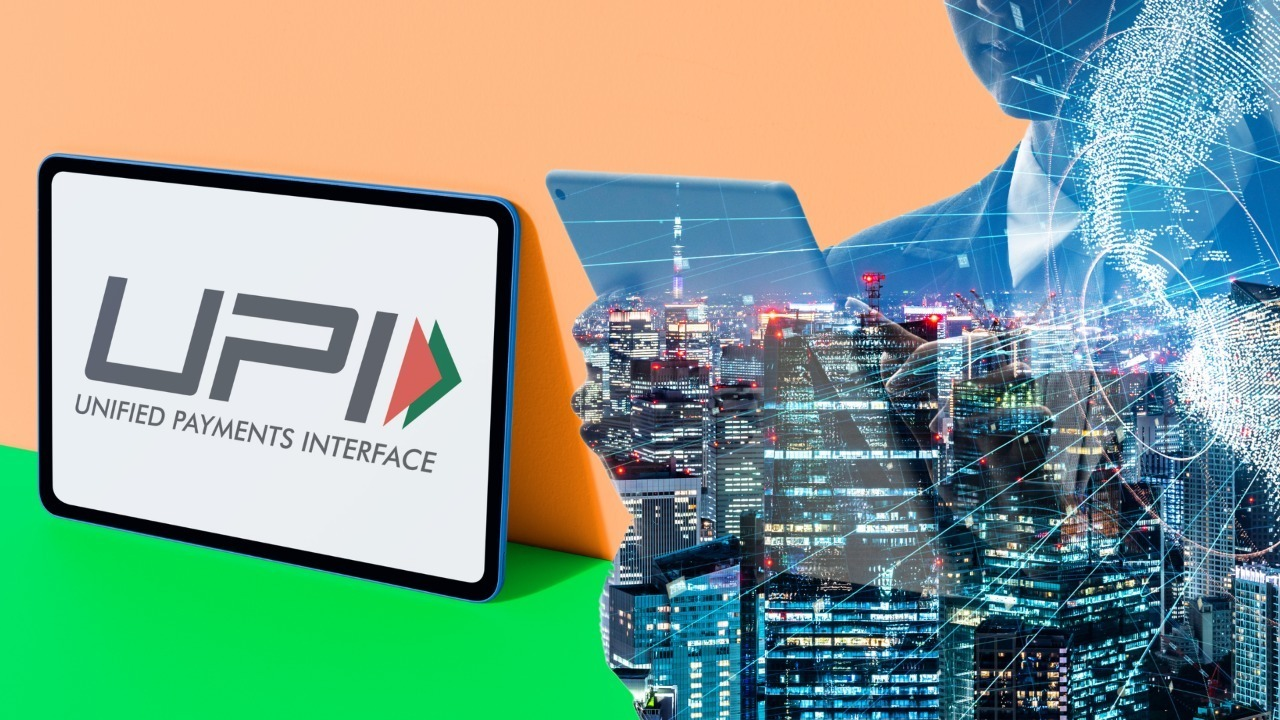UPI- India’s Digital Infrastructure Is Recognized Globally
India’s real-time digital payment system, Unified Payment Interface (UPI), has significantly developed the digital infrastructure. India’s payment system is being recognized and leading in cross-border payment. Jay Sambhaug, in a speech at the Harvard Law School, appreciated India’s UPI as it has raised the standards of the digital interface.
The revolutionized payment system was developed by the National Payment Corporation of India (NPCI) in 2016. The Narendra Modi Government has constantly focused on a secure and seamless payment method. It has encouraged the public and small and big business entities to digitalize the payment structure as a more futuristic approach. The Modi-led Government has played an essential role in including technology and digitalizing the infrastructure for convenience and transparency.
Several ASEAN countries have expressed their aspirations to work together to connect their fast payment systems, and various initiatives are already underway to modernize payment systems. Payment service providers, system operators, banks, and financial market infrastructures (FMIs) are making significant investments to improve the speed, affordability, transparency, accessibility, and efficiency of their systems for both individual users and the financial sector.
“In theory, new technologies in this space present the opportunity of a fresh start for payment systems, although the reality may be more complex. In an idealized vision, we could use these technologies to design cross-border payment systems with all of the beneficial features of legacy systems, plus some additional features that legacy systems do not provide,” said Sambhaug.
UPI is recognized and appreciated worldwide. During the G20 summit, diplomats from across the world visited and made online payments to street vendors. India has adopted modernized techniques in day-to-day life, one of which is its digital payment infrastructure.
Countries like Bhutan have also adopted the UPI payment system in 2021. NPCI International Payments Ltd (NIPL) and the Royal Monetary Authority (RMA) of Bhutan partnered, allowing Indian tourists to make UPI payments.
“It is not only affordable, and interoperable but also scalable and adaptable, making it easy for other countries to embrace it. UPI is gaining popularity in other countries because of these capabilities,” said Executive Director & COO, of BANKIT, Amit Nigam.
However, UPI has initiated a significant transformation in monetary transactions. The system is adopted as such that a YoY growth has been observed. In a report, about a 58% rise is seen in the number of transactions. Alone in May 2023, almost INR 14.89 lakh crore transaction was made, about 3,600 transactions per second. Indians have become inclined towards online transactions as a typical behavioral pattern has been observed while making small purchases.
India now has the perfect environment for making the most out of digitalization, as it has already overtaken China in real-time payment transactions with only 38% in 2022.
#UPI #digitalindia #digitalinfrastructure #PMModi #crossborder #india #bhutan #china #realtimepayment #upiid #NPCI #digitalinterface #G20 #UStreasury #jaysambhaug #payment #india #airrnews

